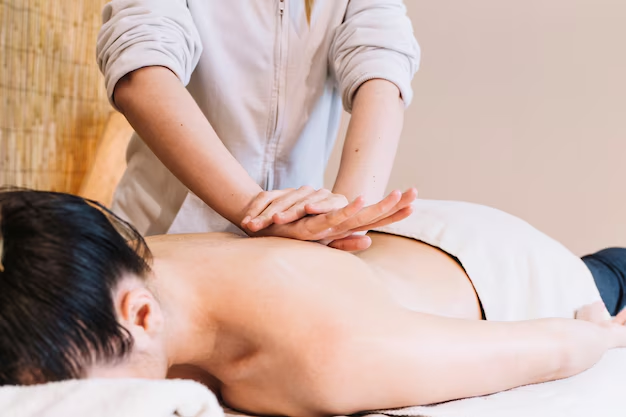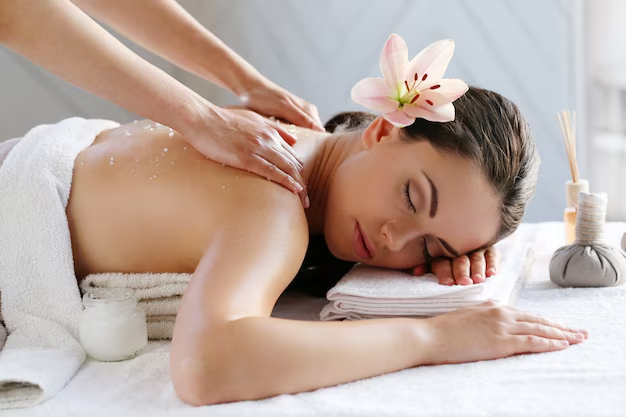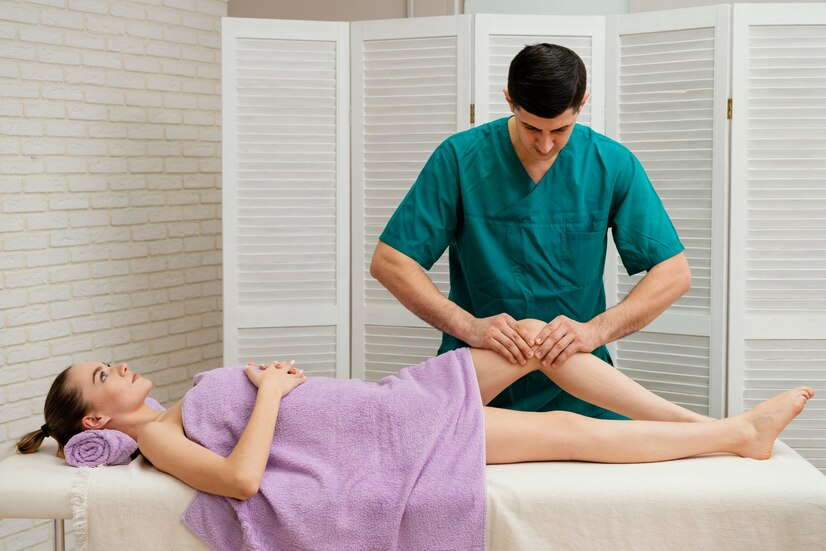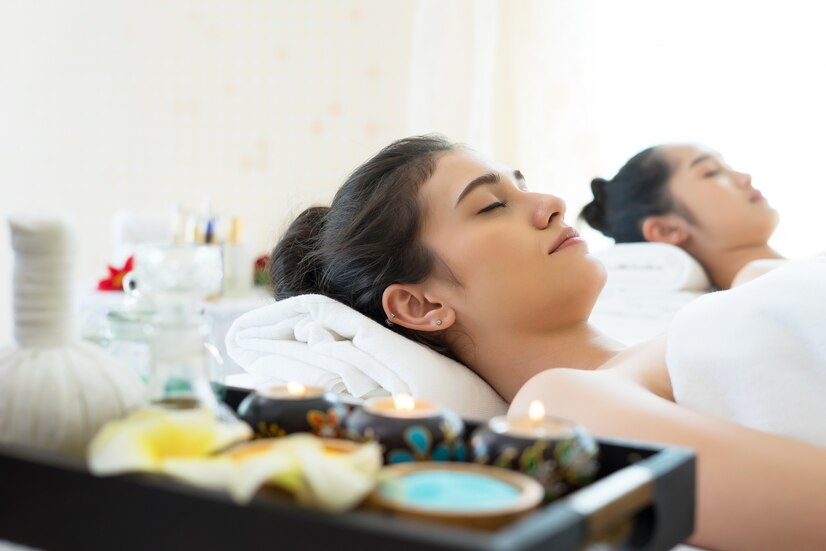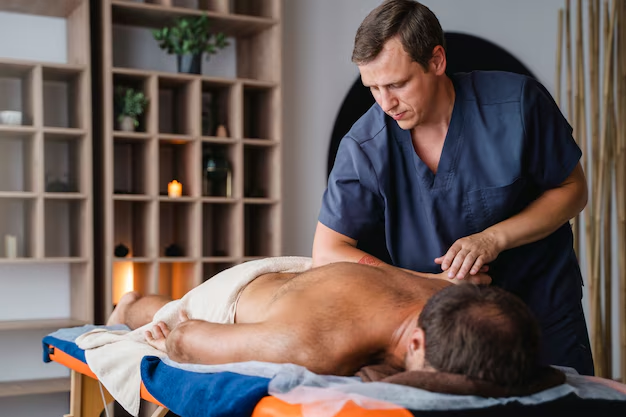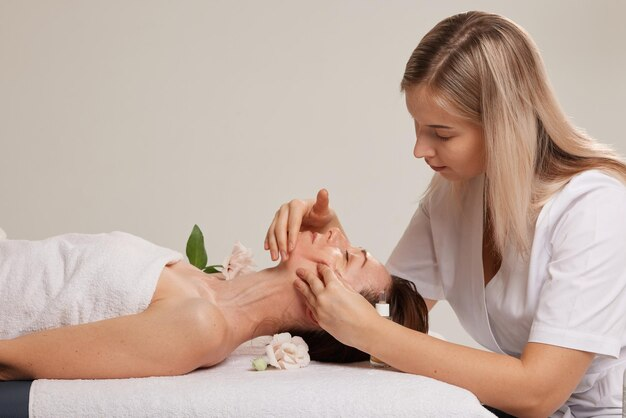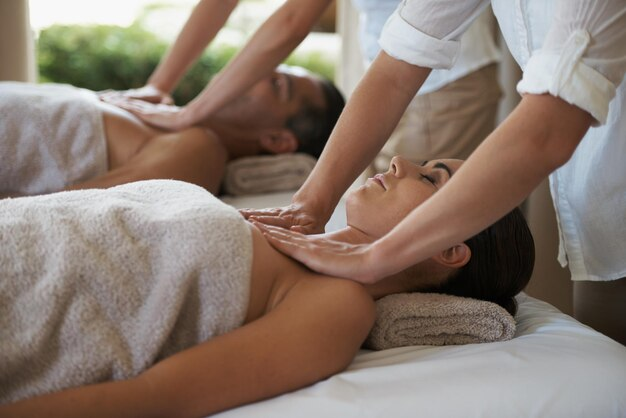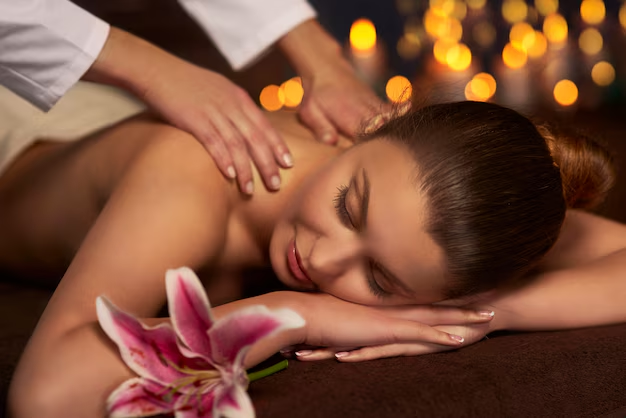Massage Therapy Costs: Understanding Your Financial Investment
Massage therapy is a widely practiced form of wellness treatment and very important for people to know the cost when they decide to opt for it. Session rates vary widely as well as potential insurance coverage; this blog forms a comprehensive discussion of the cost areas of massage therapy so you can make an informed decision with your health investment. How much does a typical massage therapy session cost? A typical massage therapy session can cost between $60 and $120 per hour. The price can vary depending on the location, type of massage, and therapist’s expertise, with some specialized services costing more. A massage therapy session costs differently depending on the region you are in, the qualifications of the therapist, and the type of massage that you may prefer. Locations with higher costs of living, such as huge metropolitan areas, will often charge more for a session. Deep tissue or specific therapeutic massage could also be one that would drive the price higher compared to merely for relaxation. Some therapists also give out discounts for package deals or longer sessions, so it pays to ask around. What factors affect the cost of massage therapy? The cost of massage therapy is influenced by several factors including the type of massage, therapist experience, and geographical location. Specialized treatments like deep tissue or sports massage often come at a higher price. A whole lot of determinants can determine the price of a massage therapy session. The cost will vary among the locations since the therapist in a city center usually charges more than a therapist in a village or rural setting. The experience and qualifications of the therapist also come into play in terms of pricing, so a provider with more years of experience or who has specialized training might charge a higher fee. The type of massage performed may also contribute to the price, as Swedish, hot stone and deep tissue techniques tend to vary in price because they require different levels of intensity. All these combine to determine the final price. Are there ways to save on massage therapy costs? There are ways to reduce massage therapy costs, such as purchasing package deals, seeking discounts through wellness centers, or visiting student therapists who offer lower rates during training. A good way to make massage therapy affordable is to find special deals or packages offered by wellness centers or massage studios. Many places offer discount rates if you purchase a multiple session package beforehand. Some massage therapists offer promotions to first-time clients; others offer cheaper pricing at off-peak hours. Another savings technique is a massage school, where student therapists perform massage services at discounted prices for training purposes. You can keep your wellness habit without breaking the bank. Does insurance cover massage therapy sessions? Insurance may cover massage therapy sessions if they are prescribed by a doctor for medical reasons. However, coverage depends on your specific insurance plan and the therapist’s credentials. Most providers of insurance have realized the therapeutic benefit of massage therapy, although coverage usually requires a doctor’s prescription. Examples of such medical massages that are applied with the goal in mind to target a particular health concern might be chronic pain or to recover from an injury. You will also want to verify whether or not the therapist is licensed or registered with your insurance provider for it to be eligible for reimbursement. Be sure to inquire ahead of time as to what sort of documentation would be required and if the treatment would even qualify under your plan. How do massage therapy costs compare to other wellness treatments? Massage therapy costs are generally comparable to other wellness treatments such as chiropractic care and acupuncture, with hourly rates ranging from $60 to $120 depending on the service. Compared to some of the more popular wellness treatments-such as chiropractic adjustments or acupuncture-massage is in the same general ballpark. The sessions may vary between $50 to $150 per session, while the acupuncture is around $75 to $100 for each session. However, costs may vary because some may be intended for a specific purpose or practitioner location. However, compared to many wellness services in the industry, massage therapy has an affordable price rate, which anyone who desires to have physical as well as mental well-being can afford. Conclusion It helps you plan much better for your own wellness routine and makes you understand the financial investment in your massage therapy. The cost may vary based on different aspects such as session types, expertise levels by your therapist, and possibilities of being covered by insurance, so it becomes the best to evaluate all your possibilities and come up with a treatment that can be suitable for your pocket.

